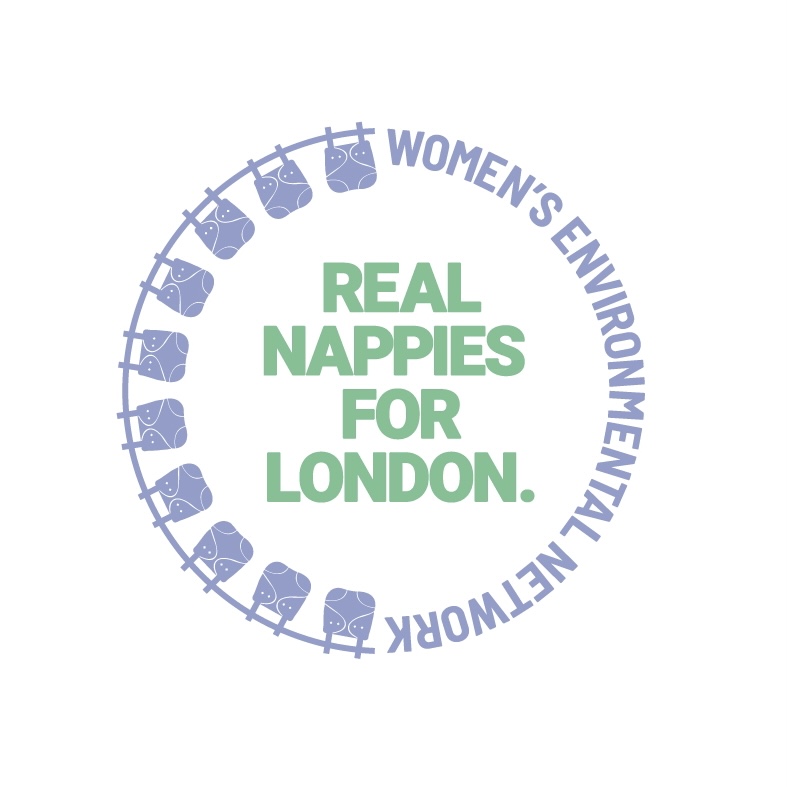This beautiful film ‘Dance of the Nappy’ is a small section of Suzanne Zeedyk’s film ‘The Connected Baby.’ It shows how important nappy changing is. It’s not just a routine hygiene procedure/chore. It’s actually a really important time for your baby to connect with you.
Normal nappies ie disposables are marketed as convenient nappies that can last up to 12 hours and stay dry. We hear that babies are being changed less and less frequently but over a longer and longer period resulting in more and more children starting school still in nappies. We want to encourage parents and carers to change nappies frequently and really enjoy this contact time, to make it quality time. We also want to encourage parents to enjoy potty time and help their toddlers start wearing pants/knickers around their second birthday rather than their third or fourth!
We believe that changing babies frequently will actually motivate parents to switch to reusable nappies. They will see the amount of waste produced and also how much money they are wasting and thus the advantage of reusables.
Sharing this film also shows that at Real Nappies for London we prioritise the health of baby and parents in the early weeks. If parents choose single-use nappies during the first few weeks because they feel it makes their lives easier we support this choice. Of course we hope they will soon come to the conclusion that they want to switch to reusables so they can have the luxury of changing baby frequently without worrying about the cost and also reduce the environmental impacts of the nappy phase.
Please continue to share this film. It’s important. You may also want to read and share Suzanne Zeedyk’s blog on why nappy changing is good for babies’ brains.
It’s really important that we stop the idea that babies/toddlers should spend longer and longer in a clean and dry nappy that is changed infrequently. Disposable nappies appear to become thinner and more absorbent every year. In a way this seems good on an environmental level because it reduces the bulk of the clean nappies, thus reducing transportation and packaging impacts. But what is in the super absorbent polymers (SAPs) that enables this? And what are the long-term health and environmental impacts when the SAPs are buried or burned?
Surely, if we are seeking to become a truly circular economy, the aim should be to make single-use nappies compostable; the aim should be to reduce the SAPs in single-use nappies as these chemicals are unlikely to be good for the soil.
Making nappies even more absorbent raises questions about the business model of the disposable nappy manufacturers. Surely the less frequently babies and children are changed the fewer nappies are sold. The only way to ensure they sell the same number or more nappies is if children come out of nappies later and later.
Surely this is not what parents want? Surely children staying in nappies longer is more work and expense for parents. Therefore if parents realise this and stop wanting nappies that stay dry longer and longer, stop wanting to change babies infrequently, then the manufacturers of single-use nappies will be able to reduce the amount of SAPs in the nappies, making composting disposables more feasible?
If you are a scientist and can shed more light on the viability of composting single-use nappies please post a comment. We are keen to learn more. There is of course the issue of the water that is in the SAPs when they are incinerated or buried that we don’t understand and no one seems to talk about.
The NLWA (North London Waste Authority) is a big supporter of the Real Nappies for London incentive scheme, indeed had an influential role in establishing real nappy incentives in London. You can read more about the NLWA’s support for real nappies here.
